
CQ1: impression of cylinder seal of haematite (see seal below)
Excavations at Hala Sultan Tekke
(The Söderberg Expedition)
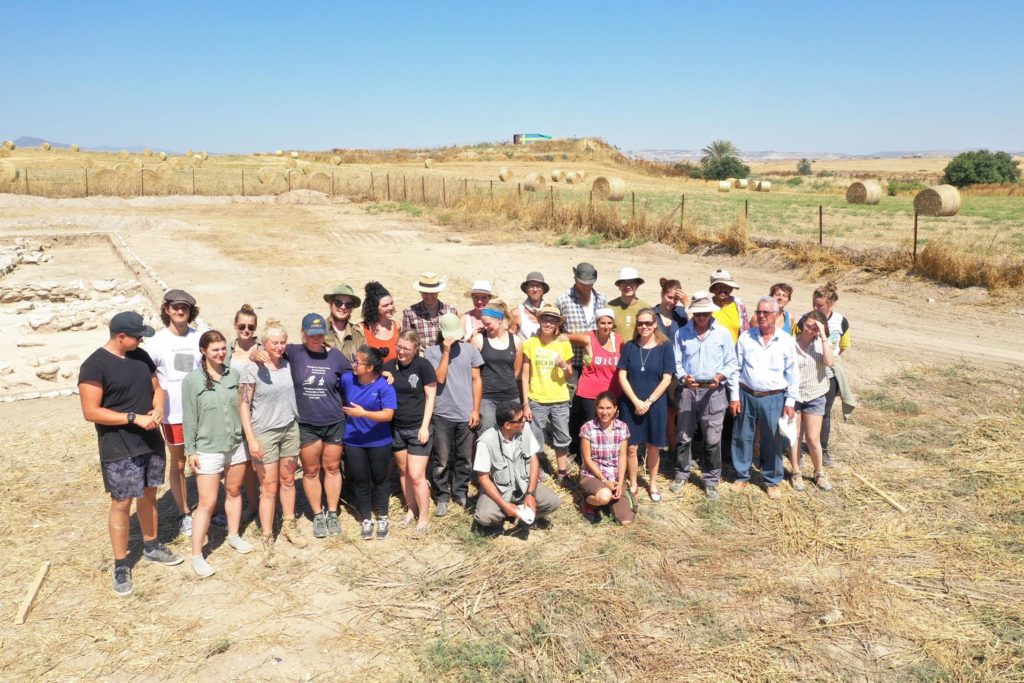
HE Swedish Ambassador Anna Olsson Vrang (dark blue dress) and Team 2019
Introduction
During five weeks in April and May and June 2019, the expedition – headed by Professor Peter M. Fischer from the University of Gothenburg and assisted by Dr. Teresa Bürge, OREA at the Austrian Academy of Sciences – carried out excavations at the Late Cypriot harbour city of Hala Sultan Tekke (Dromolaxia-Vyzatzia). The team consisted of 29 students and specialists. Amongst the latter were those trained in Aegean and Near Eastern ceramics, conservation, botany, osteology and geophysical prospecting. The fruitful cooperation between the expedition and the two STARC-teams of the Cyprus Institute in Nicosia headed by Associate Professor Sorin Hermon and Assistant Professor K. Lorentz was formalised.
see: website
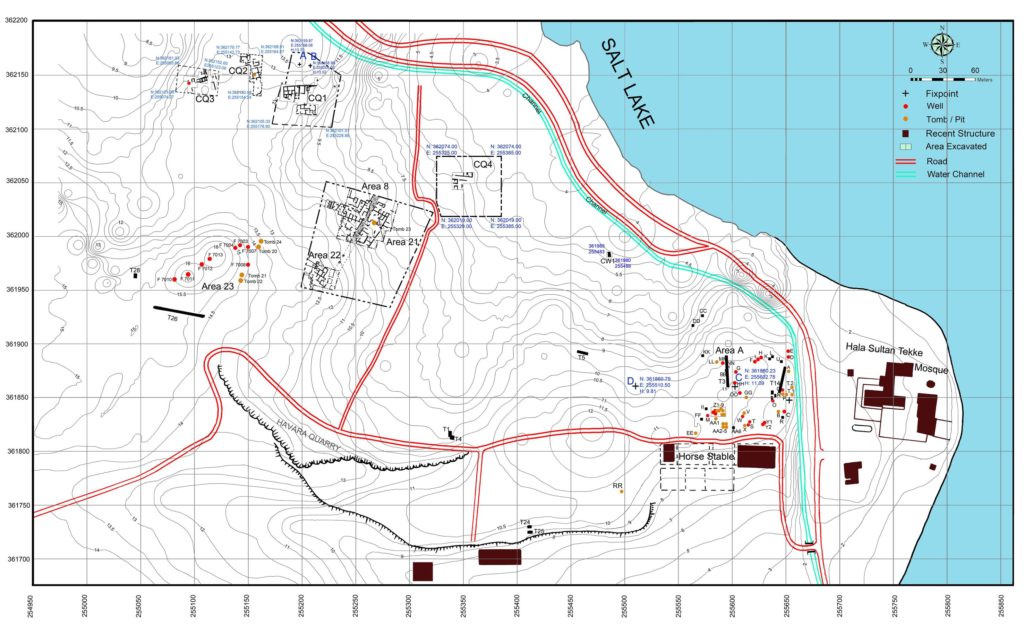
Overview
City Quarters 1 and 4, and Area A
Three groups worked simultaneously in the fenced City Quarters (CQ) 1 and 4, and Area A, the cemetery, just to the west of the mosque of Hala Sultan Tekke.
City Quarter 1
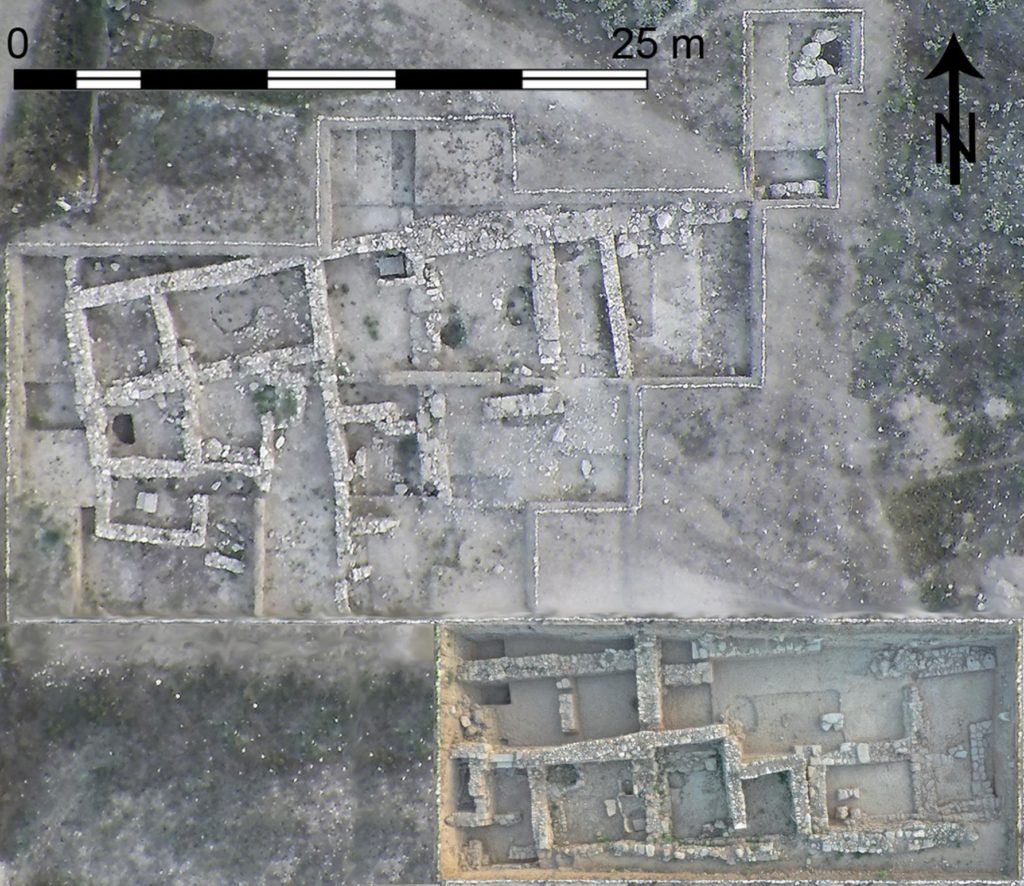
CQ1 from the air: southern part excavated 2016-19
The results from the excavations in CQ1, which began in 2010, verified earlier observations that the nature of this quarter was mainly industrial but also domestic. In addition to the three phases of occupation, Strata 3 –1, which were discovered 2010–2018, another two phases, Stratum 5 and 4, were partly exposed in the southern part of CQ1. The phases are preliminary dated to LC IIA–C and IIIA, viz. the 15th to the first half of the 12th centuries BCE.
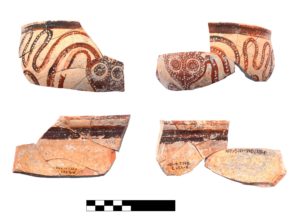
Octopus bowl, Stratum 2, CQ1
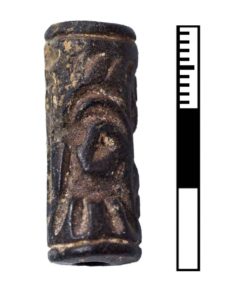
Cylinder seal of haematite, Stratum 3, CQ1
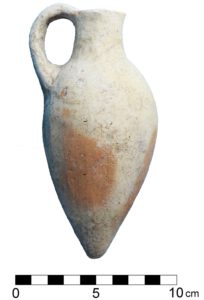
White Shaved juglet, Stratum 3C, CQ1
Rooms 70/83 of Stratum 3, which was divided into the three subphases A–C, seem to have been used for cultic activities: on a thick plaster floor and fairly centrally placed is a rectangular stone structure which may represent an altar. Many sherds and a large amount of animal bones were spread around the altar.
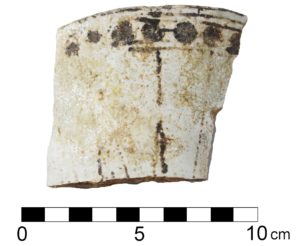
Egyptian faience vessel, Thutmosid period, Stratum 3A, CQ1
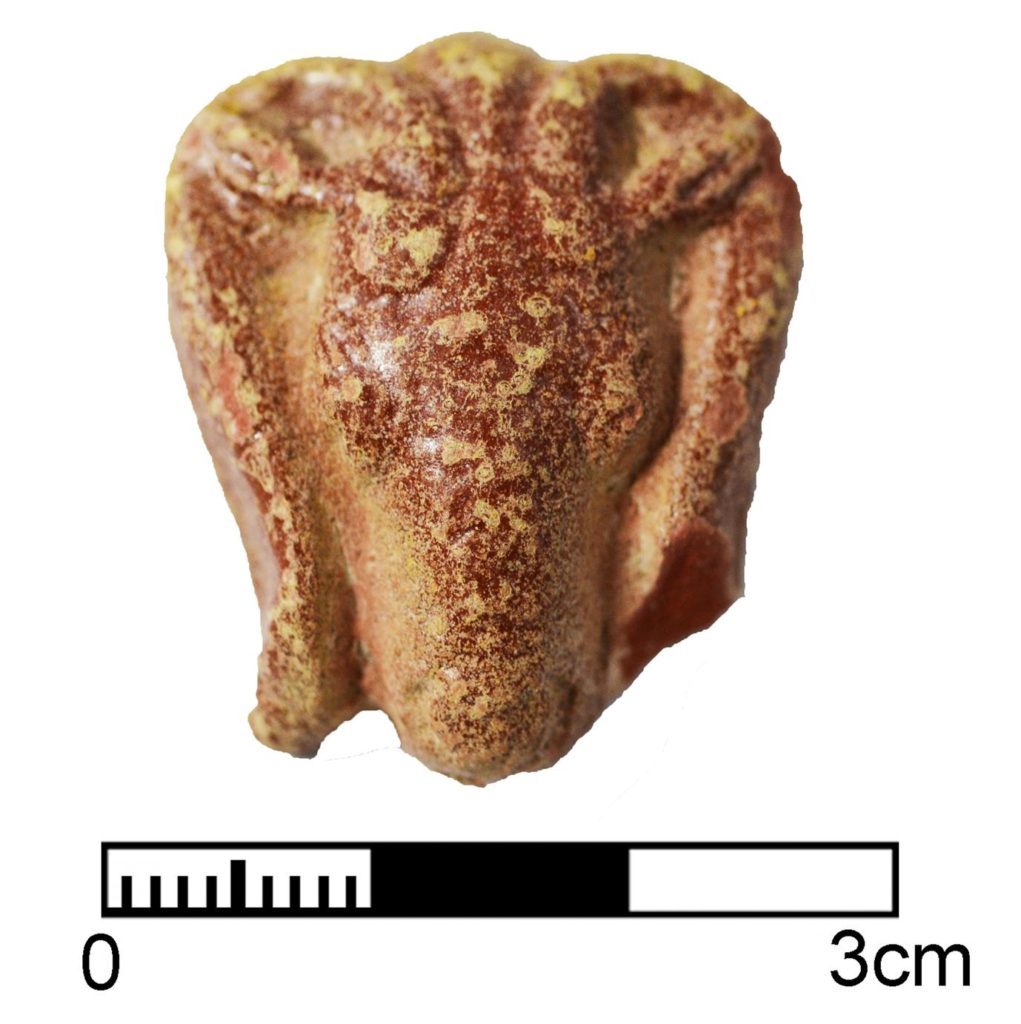
Egyptian pendant of faience, Stratum 1, CQ1
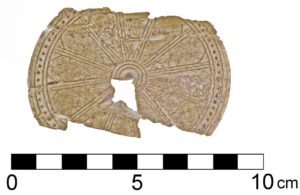
Decorated bone disk, Stratum 3C, CQ1
During cleaning of the northern half of CQ1 an Egyptian faience pendant was found in Stratum 1. It depicts a ram’s head which most likely is related to Amun of the New Kingdom.
In CQ1, there is significant evidence of urban copper production exemplified by furnaces, tuyères, crucibles and half a ton of slag mixed with some copper ore from quite a restricted area. In addition, purple-dyed textiles were produced there judging by numerous finds of bone beaters, loom weights, spindle whorls and murex shells. Although this part of the city is mainly industrial, much of the pottery and other finds are of surprisingly high quality pointing to an elevated status of workers.
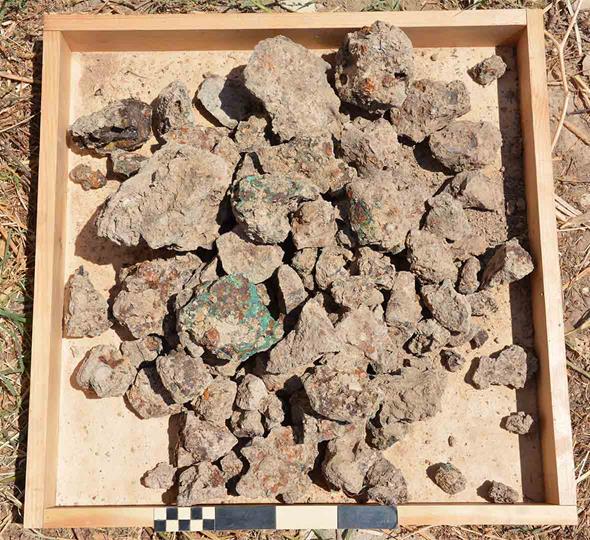
Copper slag and ore from CQ1
City Quarter 4
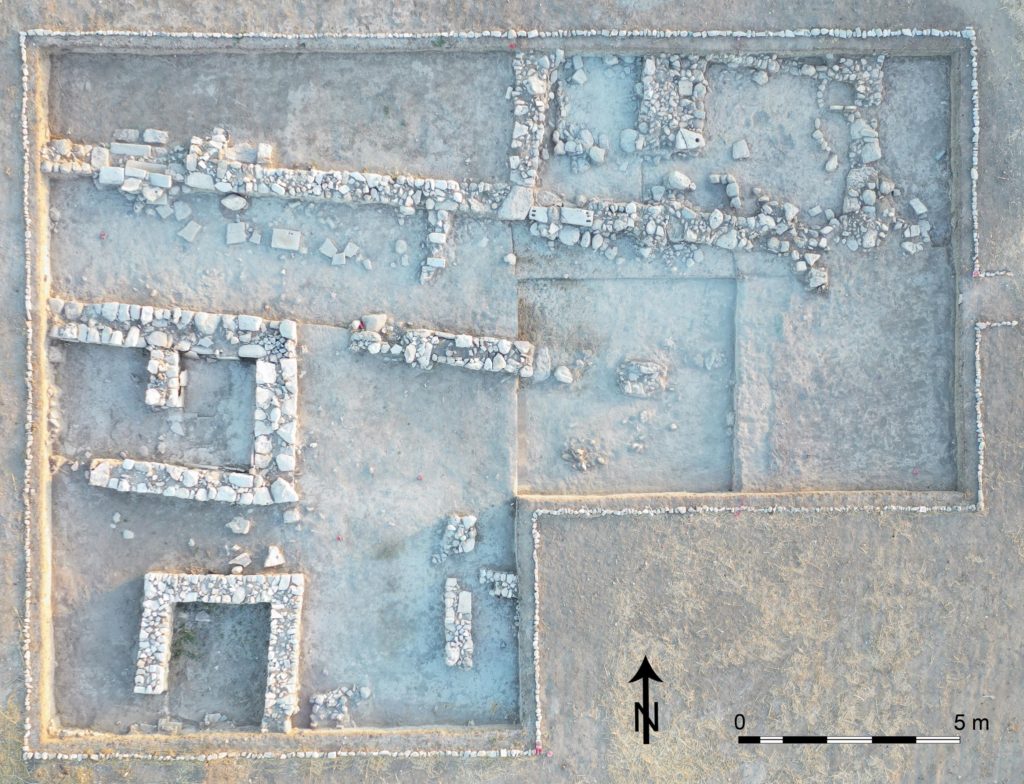
CQ4 from the air
This city quarter is between CQ1 and Area A. The magnetometer map shows regularly arranged compounds of stone of imposing dimensions intersected by streets.
All finds from this city quarter belong to Stratum 1 (LC IIIA). In 2018, a bathroom, a long corridor for the storage of vessels and a gate had been exposed. The new 10 x 10 m Trench 29A–D exposed the continuation of the corridor and the south-western corner of a compound which – according to the magnetometer map – is 17 m x 17 m large. Two rooms of this compound were exposed. There are several areas where remains of crushed murex shells, loom weights and spindle whorls point to the production of purple-dyed textiles. Other finds include the mould for a finger ring and an Egyptian pendant of probable turquoise depicting a sphinx/lion.
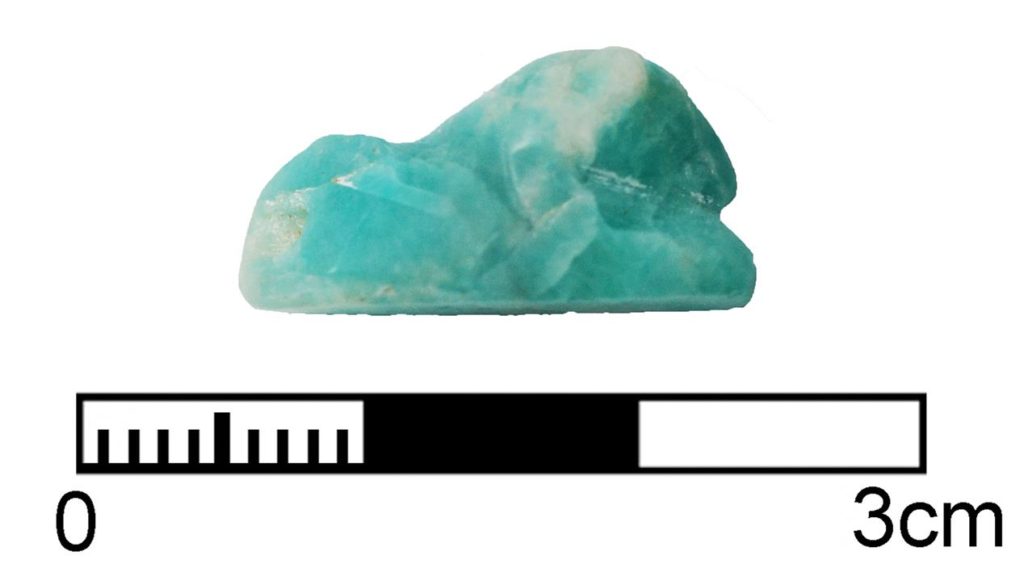
Lion pendant of turquoise, Stratum 1, CQ4
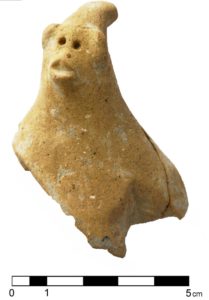
White Shaved juglet with monkey handle, Stratum 1, CQ4
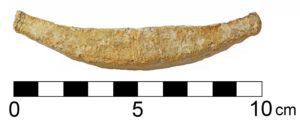
Lead object (?), Stratum 1, CQ4 (boat model?)
Area A
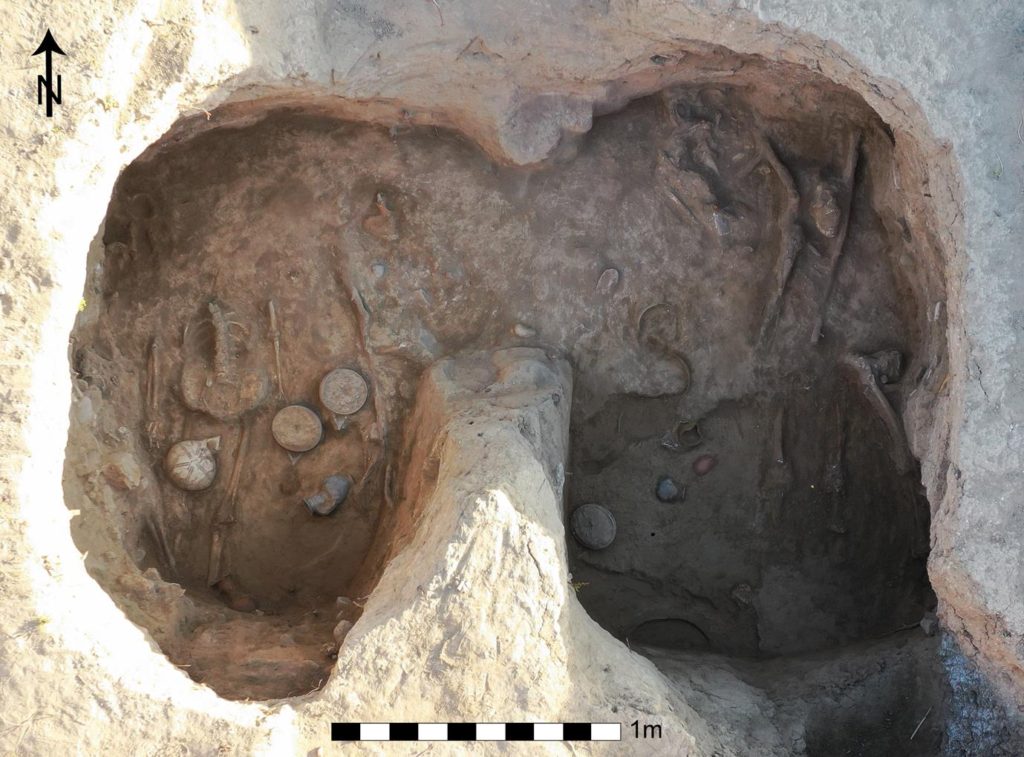
Tomb RR during excavations
The backfilled and fenced area of double-chamber Tomb RR from 2018 was re-opened. In addition to the 13 buried individuals from 2018 and numerous tomb gifts including the unique “Swordbearer Krater”, another 24 skeletons, both complete and fragmentary, and additional tomb gifts represented by 74 more or less complete and intact objects were found. Various find contexts revealed human bones which were exposed to high temperatures – some of them heavily burnt others with traces of soot. Animal bones including burnt bones were found close to the crania of several individuals.

Knife with ivory handle, Tomb RR
There were 2 infants, 3 children, 2 adolescents, 14 adults and 16 possible adults. Of these 37 individuals sex estimations could only be carried out on a restricted number of adult individuals and resulted in three females, four possible females, one male and six possible males. Trauma and pathological changes could be noticed. The tomb gifts included Cypriot and Mycenaean-imported wares some of them containing the remains of food stuff, both fish and livestock. Other finds were rings and bracelets of silver and bronze and a dagger/knife of bronze to which an ivory handle was attached by rivets. An extraordinary find is an incomplete large Minoan hollow figurine with painted decoration, possibly the first discovered in Cyprus.
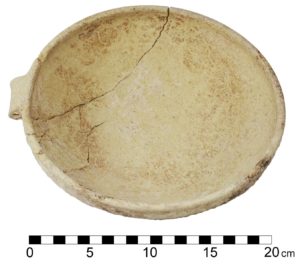
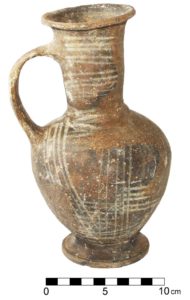
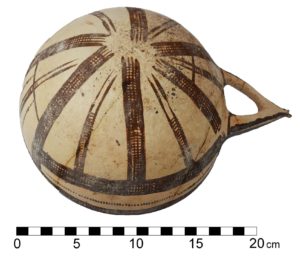
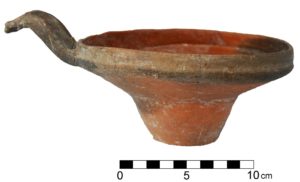
Cypriot pottery, Tomb RR

Minoan figurine, Tomb RR

Mycenaean vessel, Tomb RR

Mycenaean vessel, Tomb, RR
Recently carried out petrography, Fourier transfrom infrared (FTIR) spectroscopy and pXRF analysis confirmed our preliminary classification that several complete bowls of black-burnished table ware are from Sardinia (our thanks go to M. G. Gradoli, Z. C. Dunseth, S. Shalev, the expedtion’s petrographer P. Waiman-Barak, and S. Sabatini). They belong to the Nuragic-type “scodella a calotta con risega interna”. These vessels are the first ever reported from Cyprus.

Nuragic (Sardinian) table ware
For our Swedish-speaking readers: please visit the 45 minutes programme on the excavations at P1, Swedish Broadcasting (P1, Sveriges Radio):
https://sverigesradio.se/sida/avsnitt/1089577?programid=407
Visitors 2019
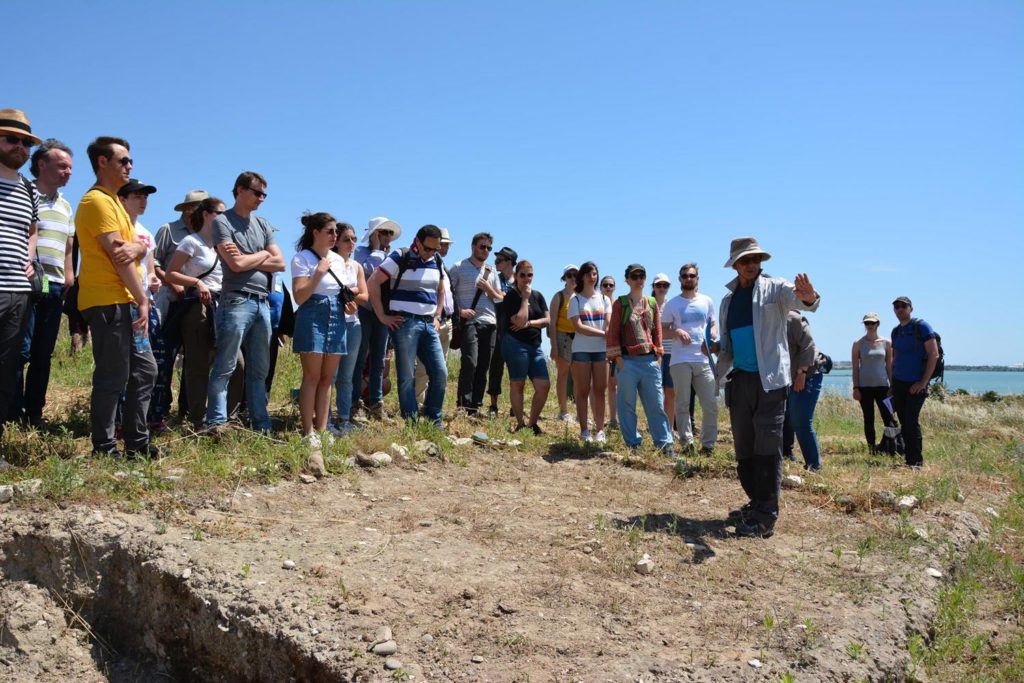
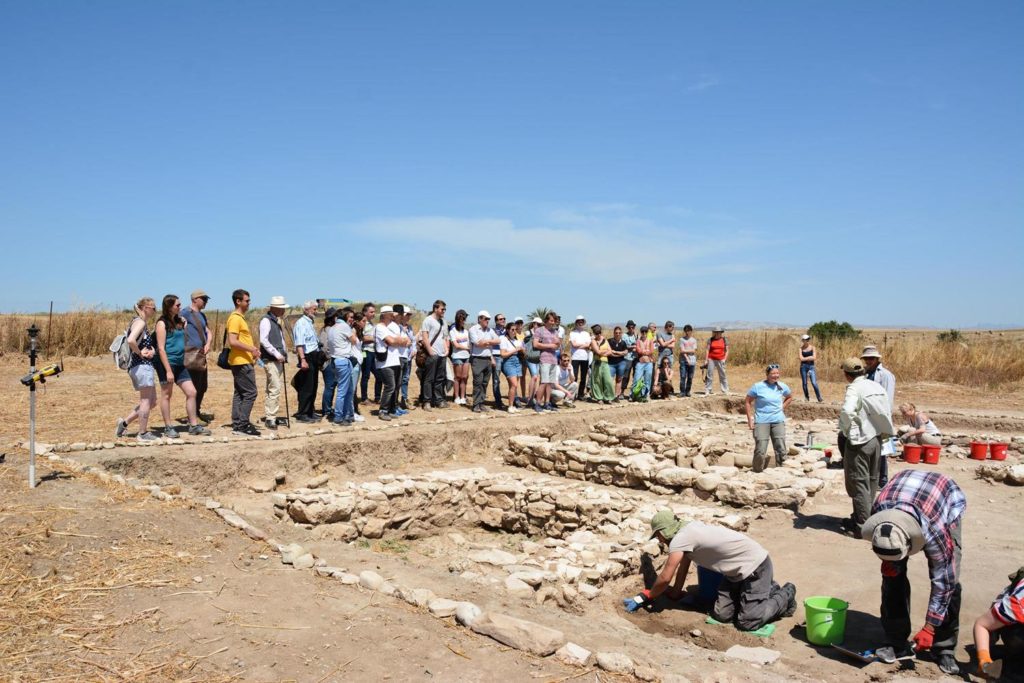
University of Innsbruck, Austria
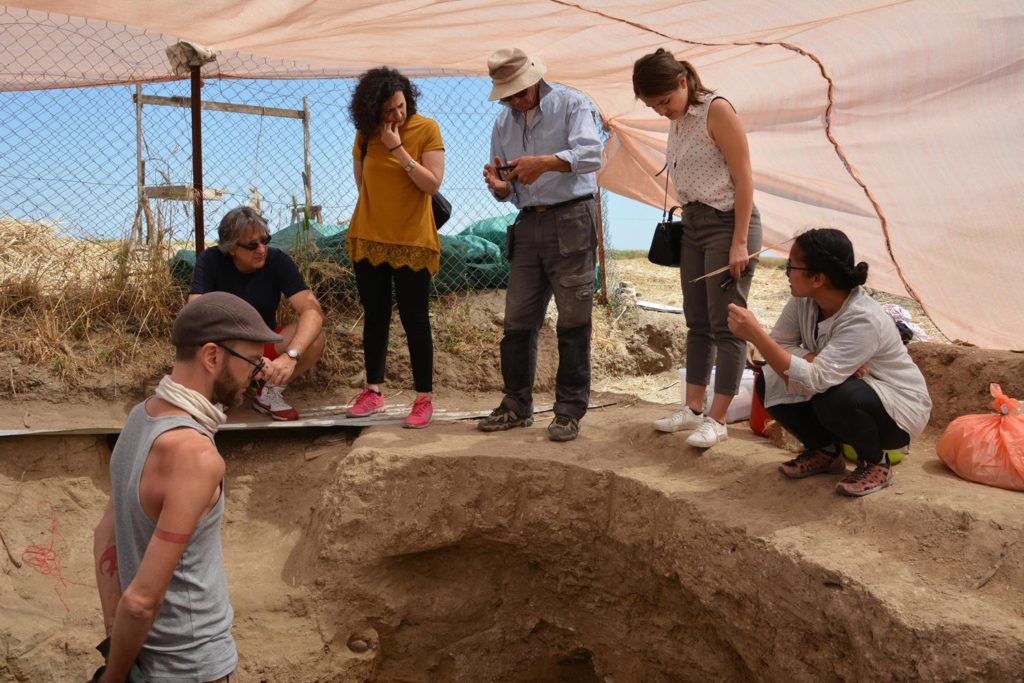
STARC team, Nicosia, with S. Hermon
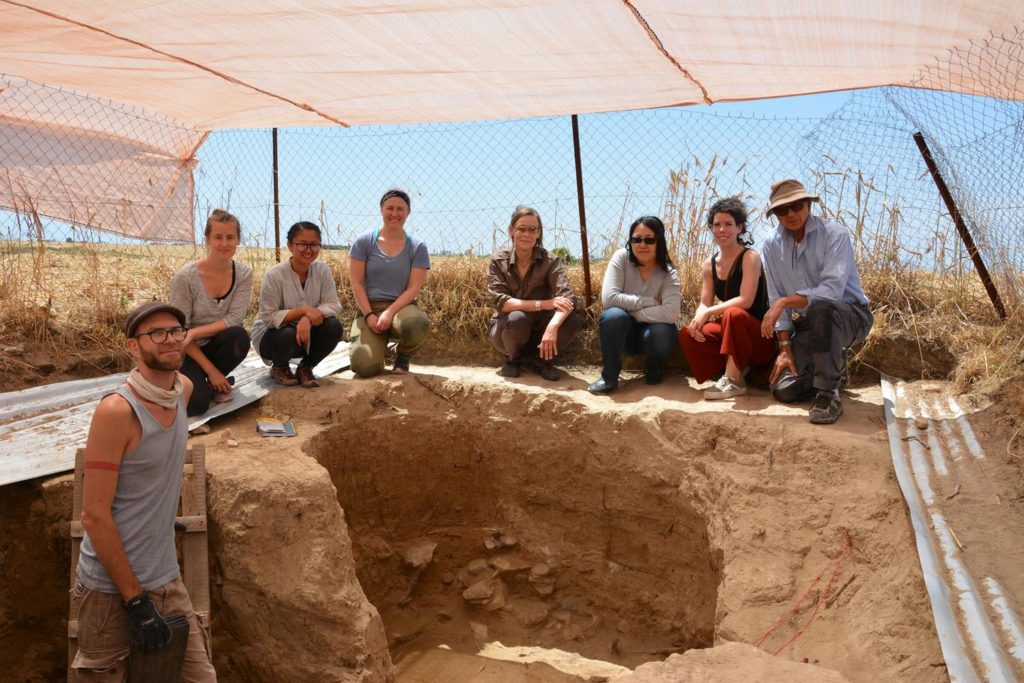
STARC team, Nicosia, with K. Lorentz
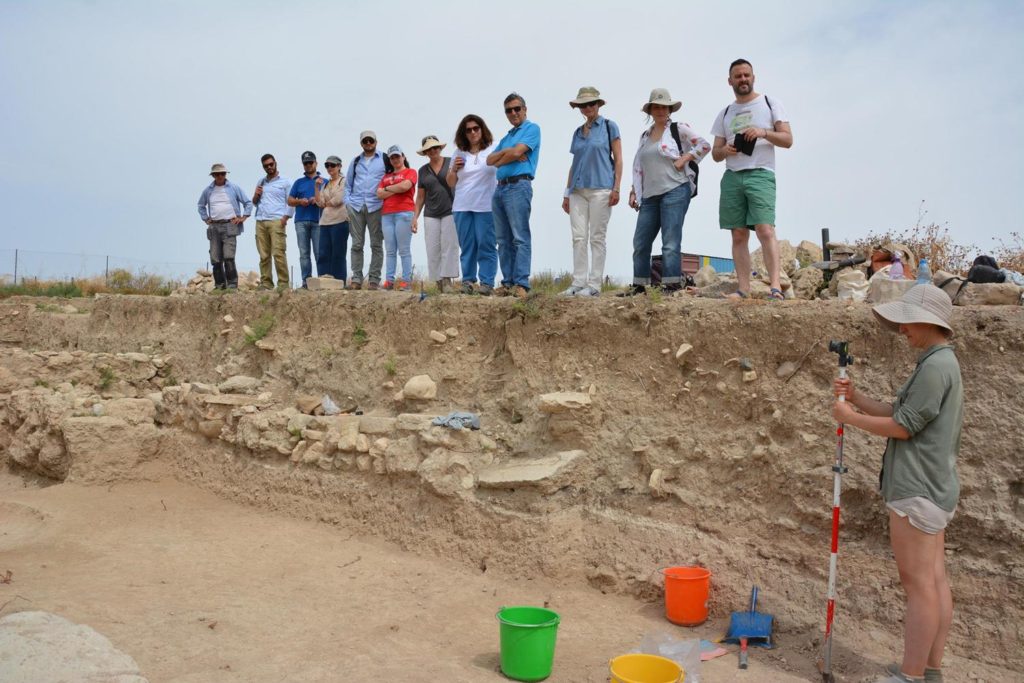
ARU, University of Cyprus, Nicosia
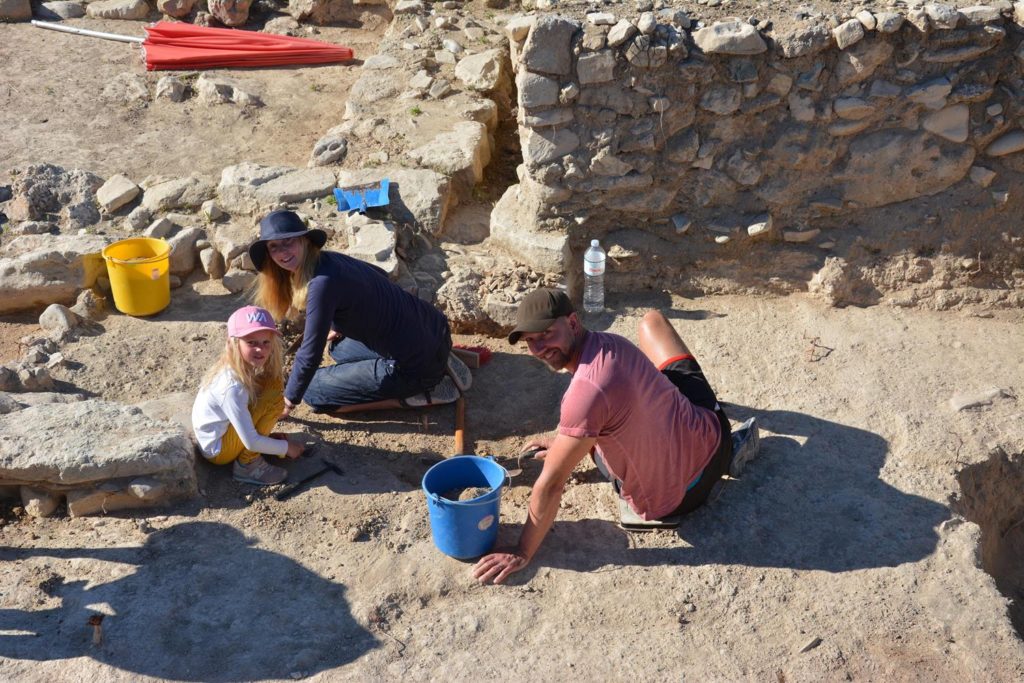
Introduction into field archaeology: Emma, Katarina and Michael Fischer, Stockholm, Sweden
Snapshots …
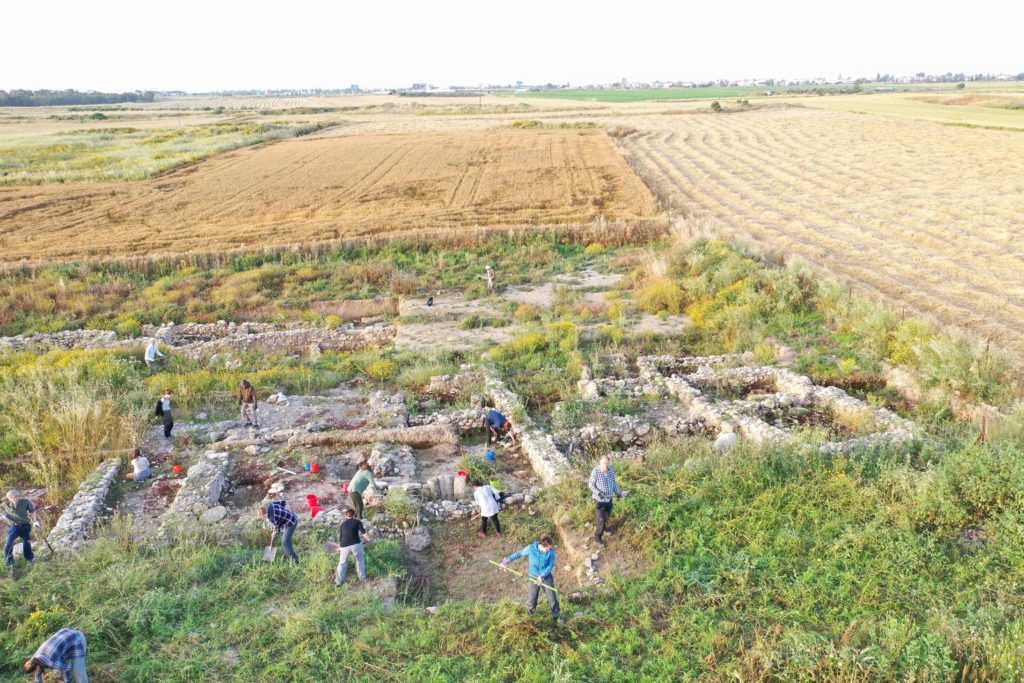
Cleaning end of April 2019
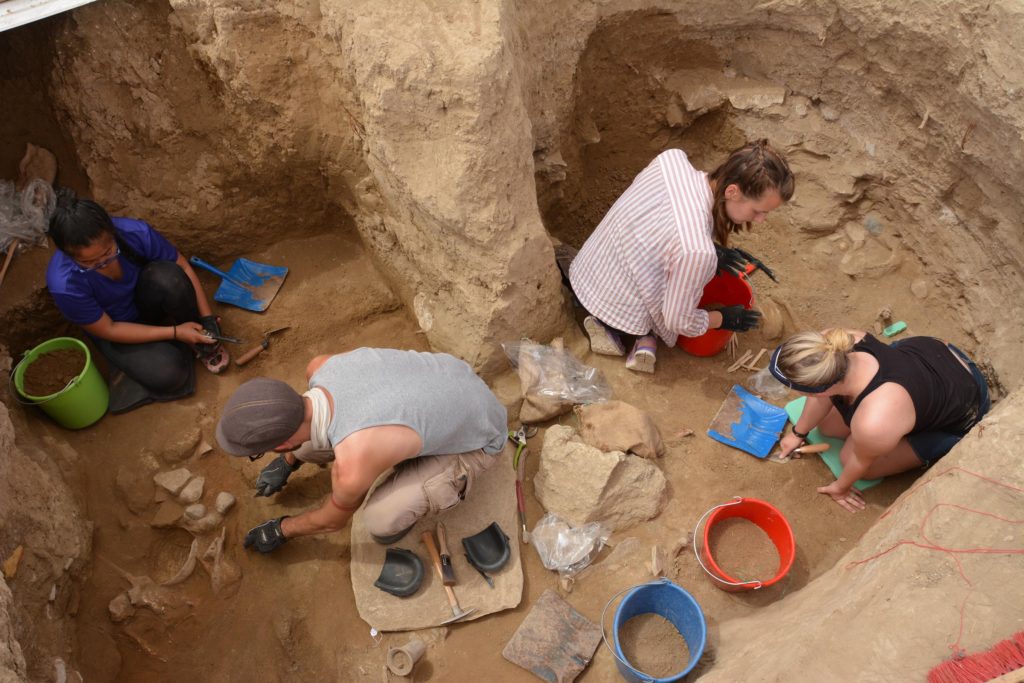
Excavation of Tomb RR
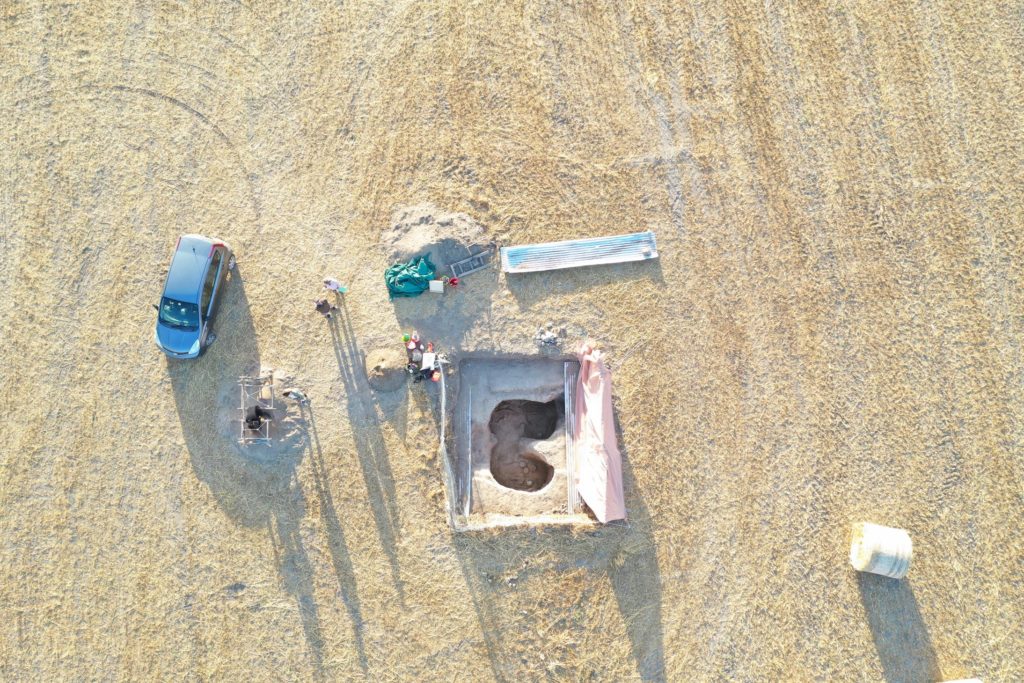
Tomb RR
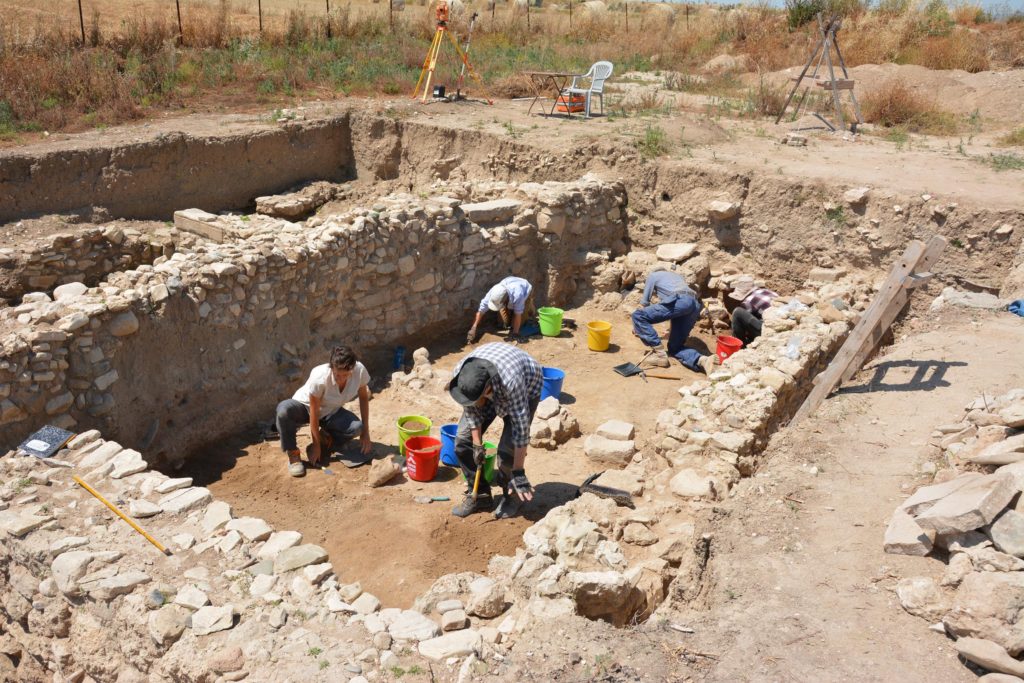
CQ1
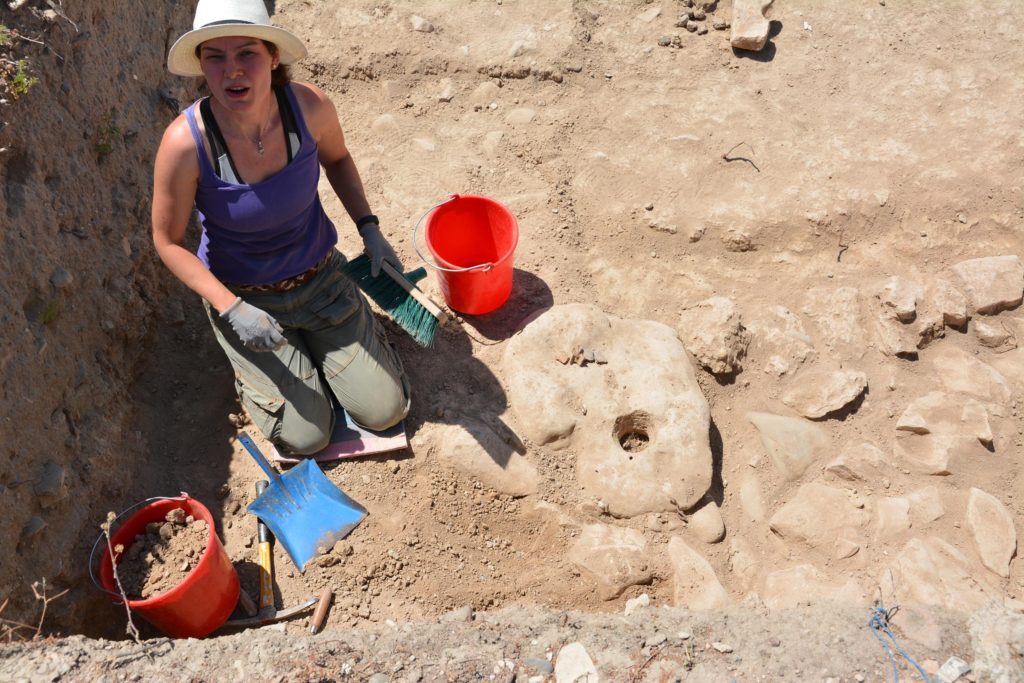
Captain of CQ1
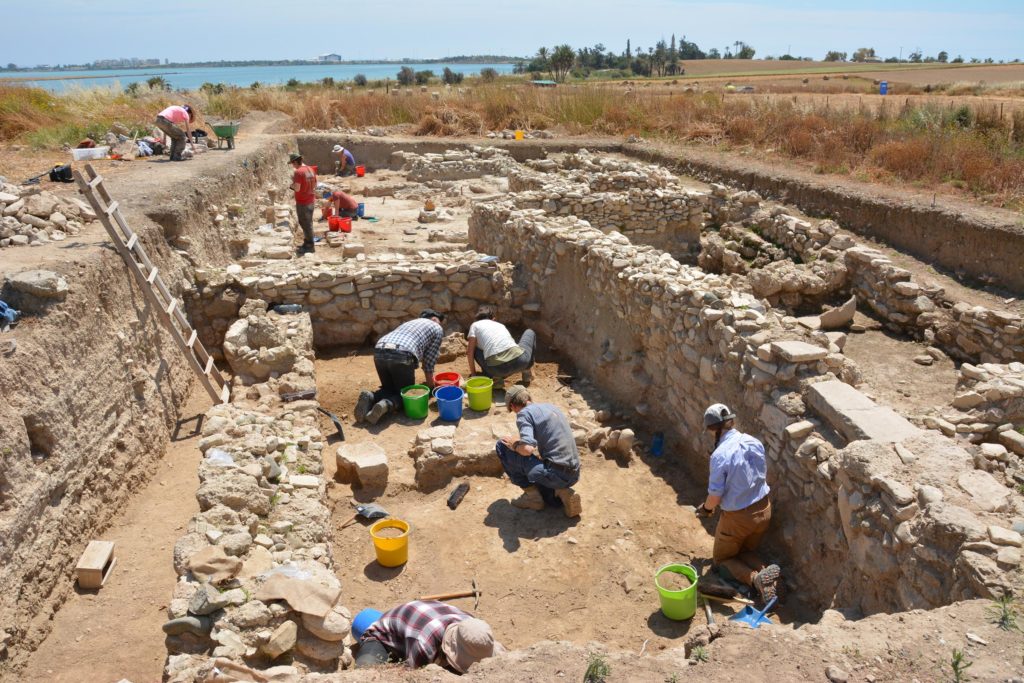
CQ1
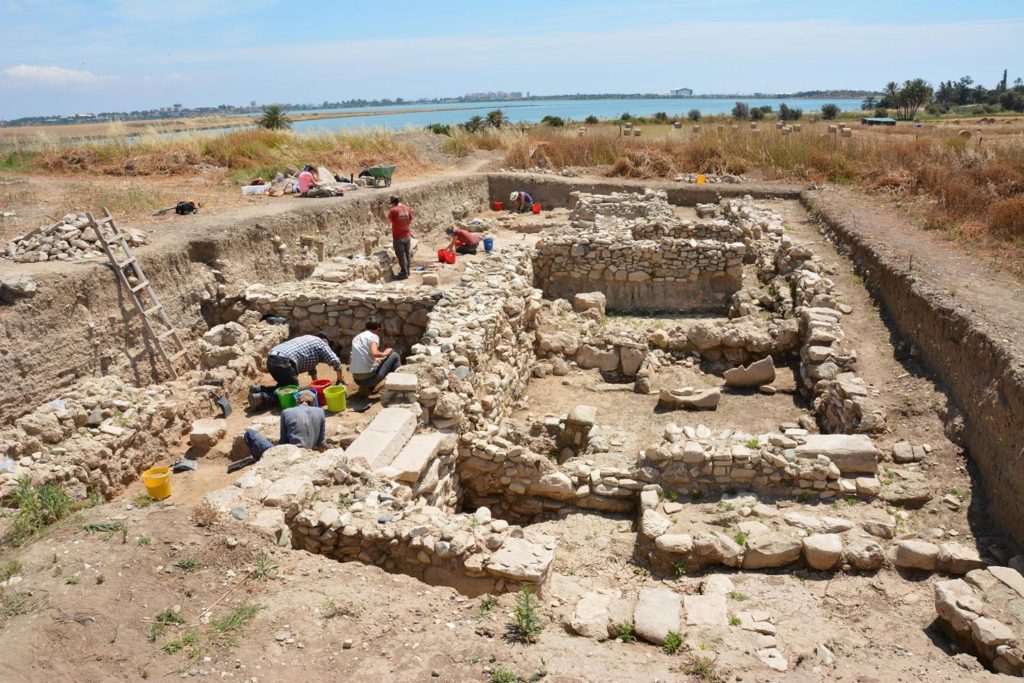
CQ1
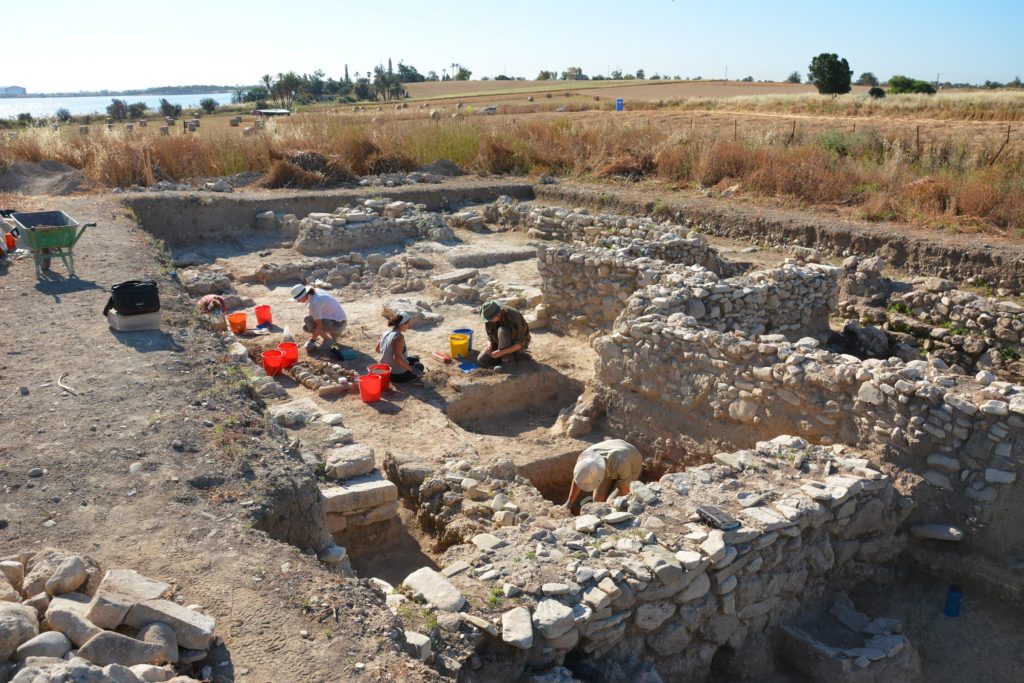
CQ1
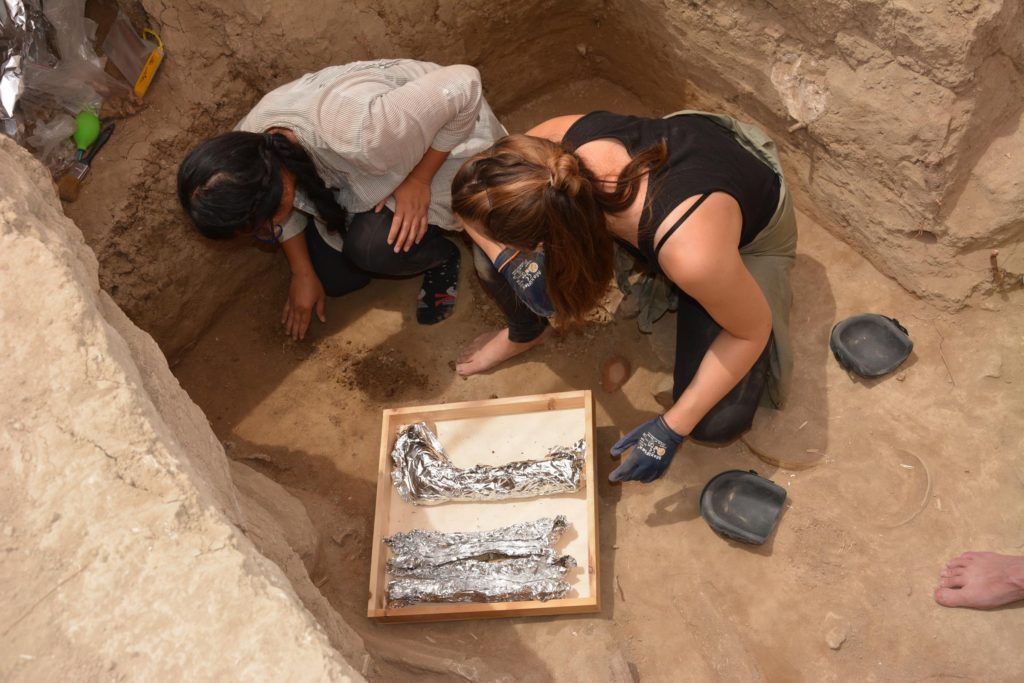
Tomb RR, removal of skeletal remains
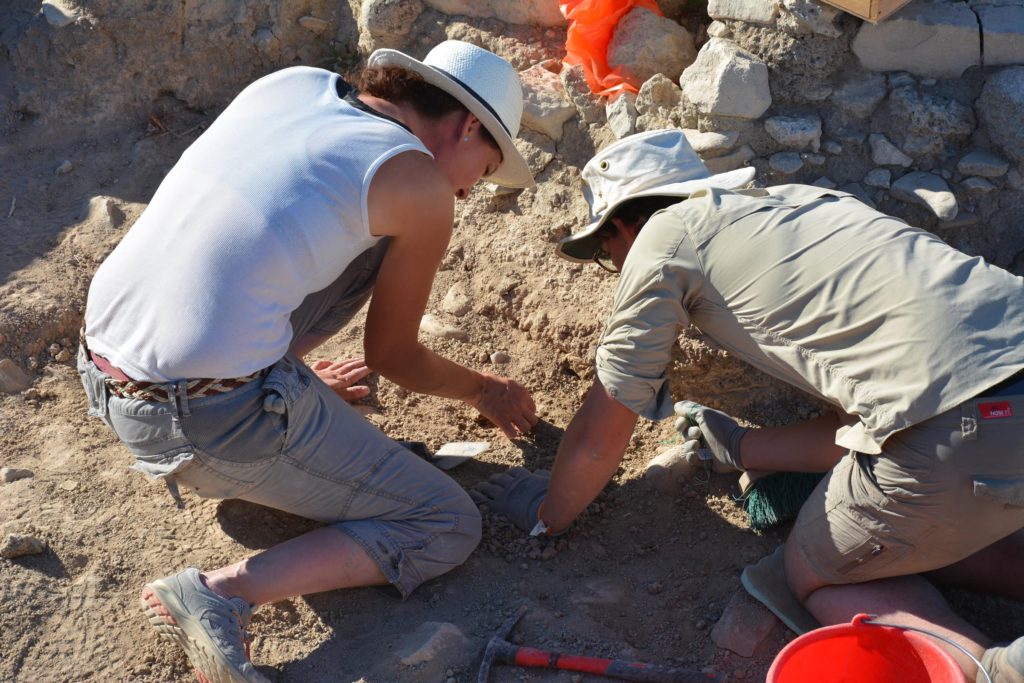
CQ1
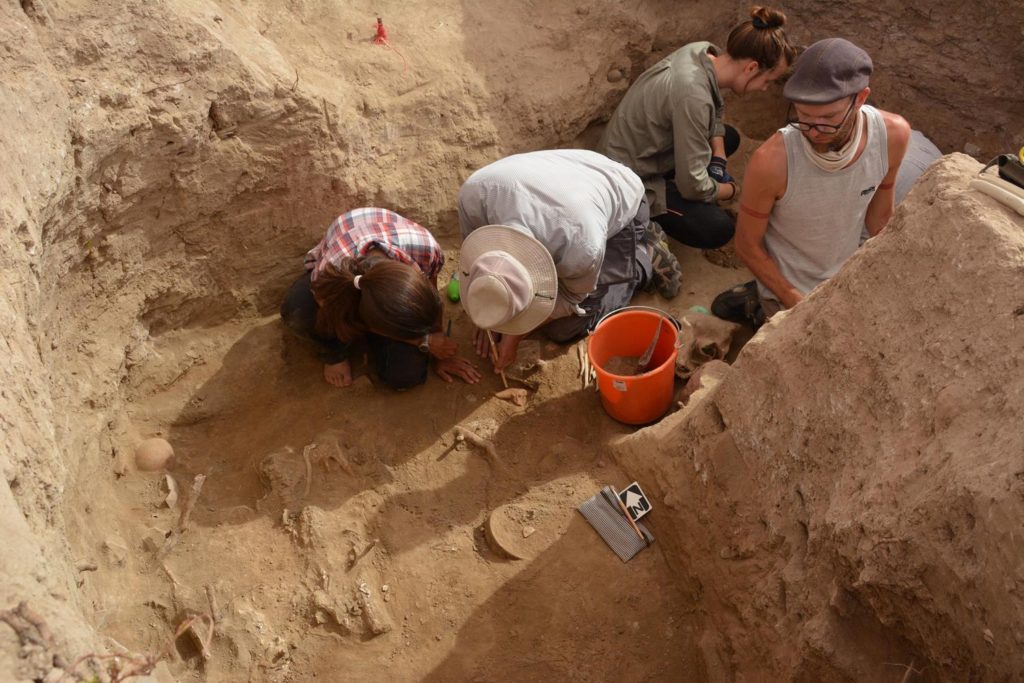
The discovery of the Minoan figurine
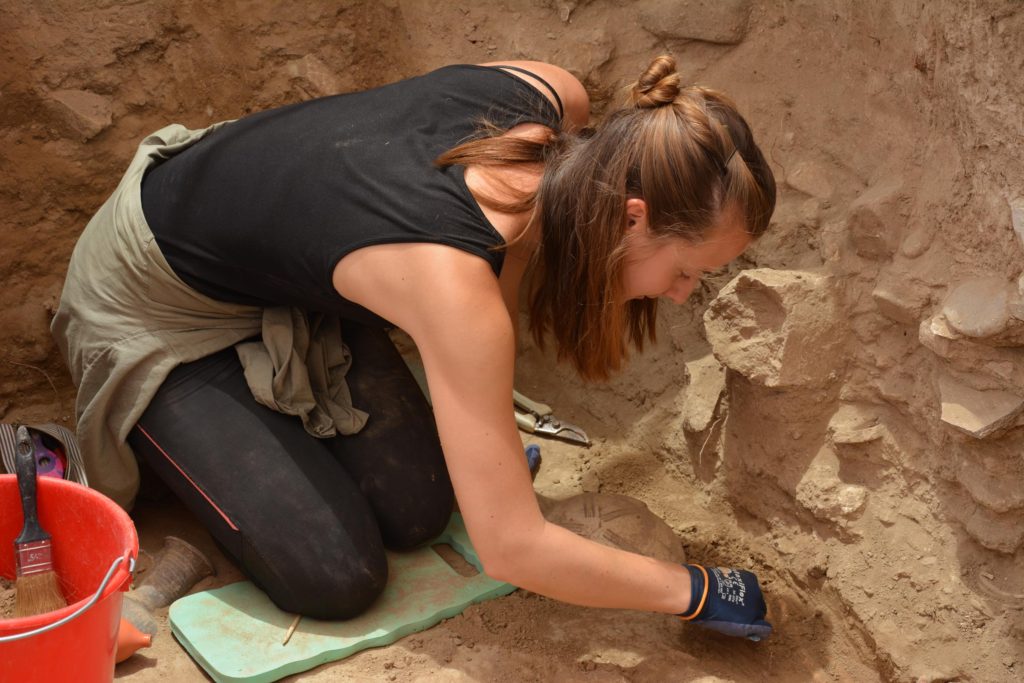
Tomb RR
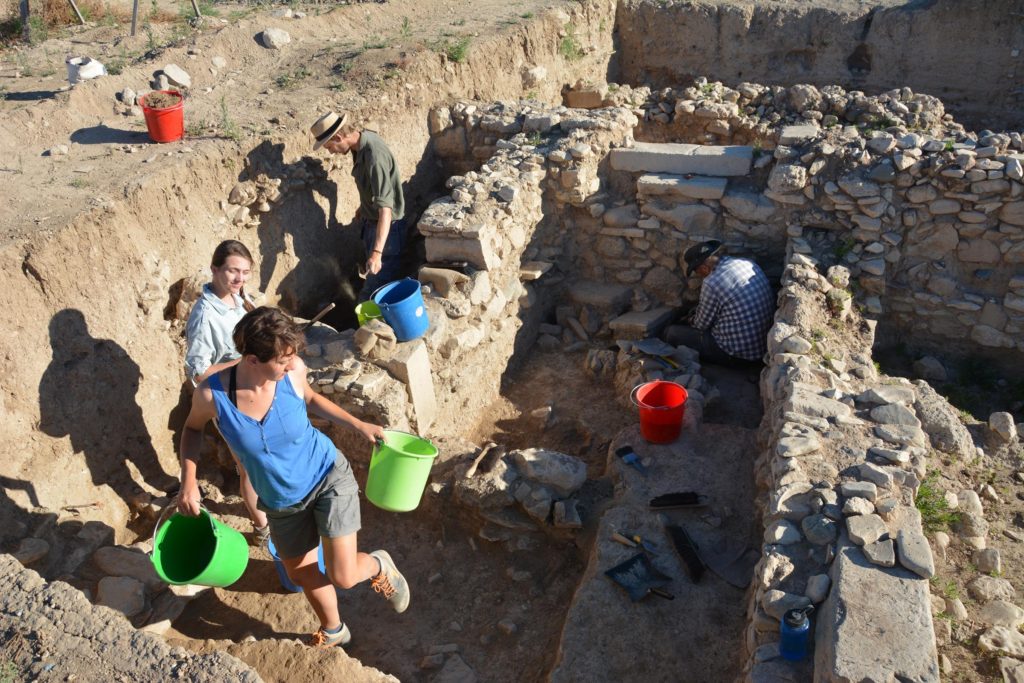
The “Bucket Dance”, created May 2019
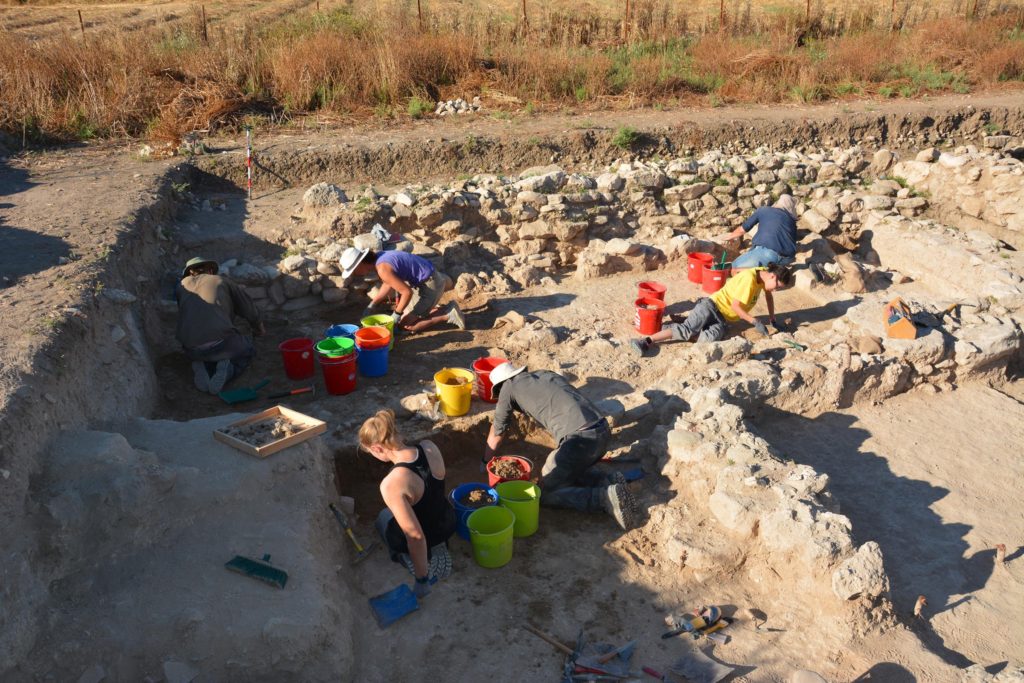
CQ1
